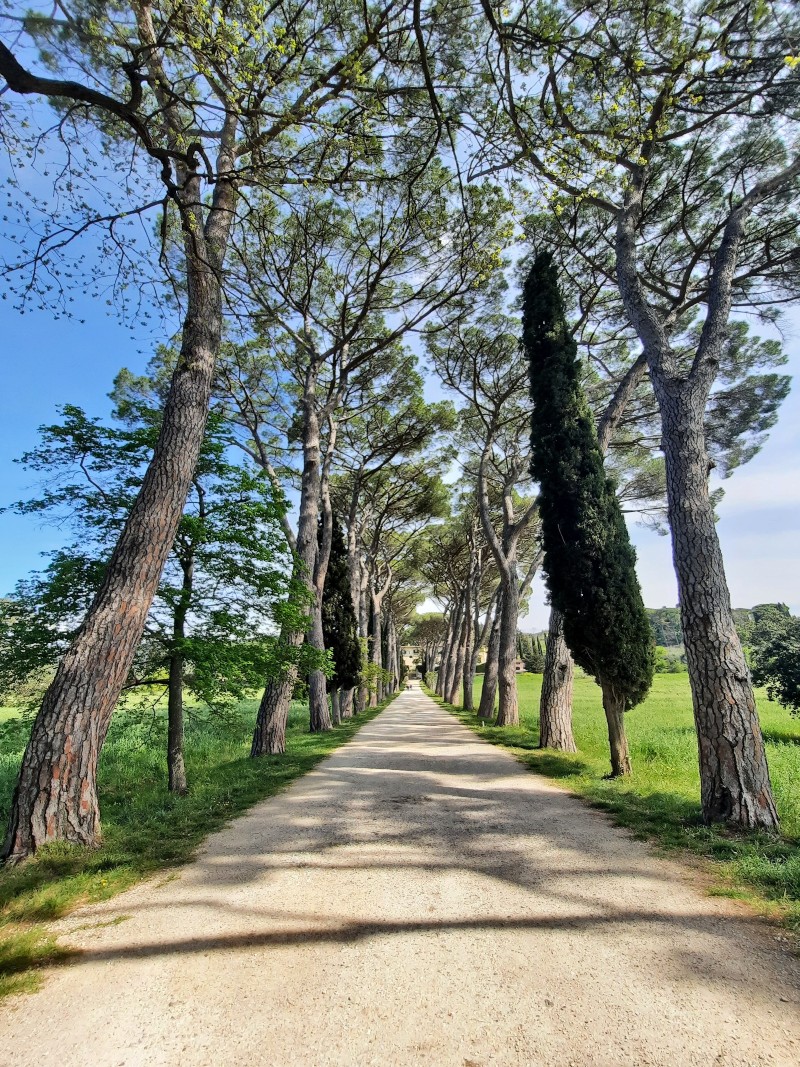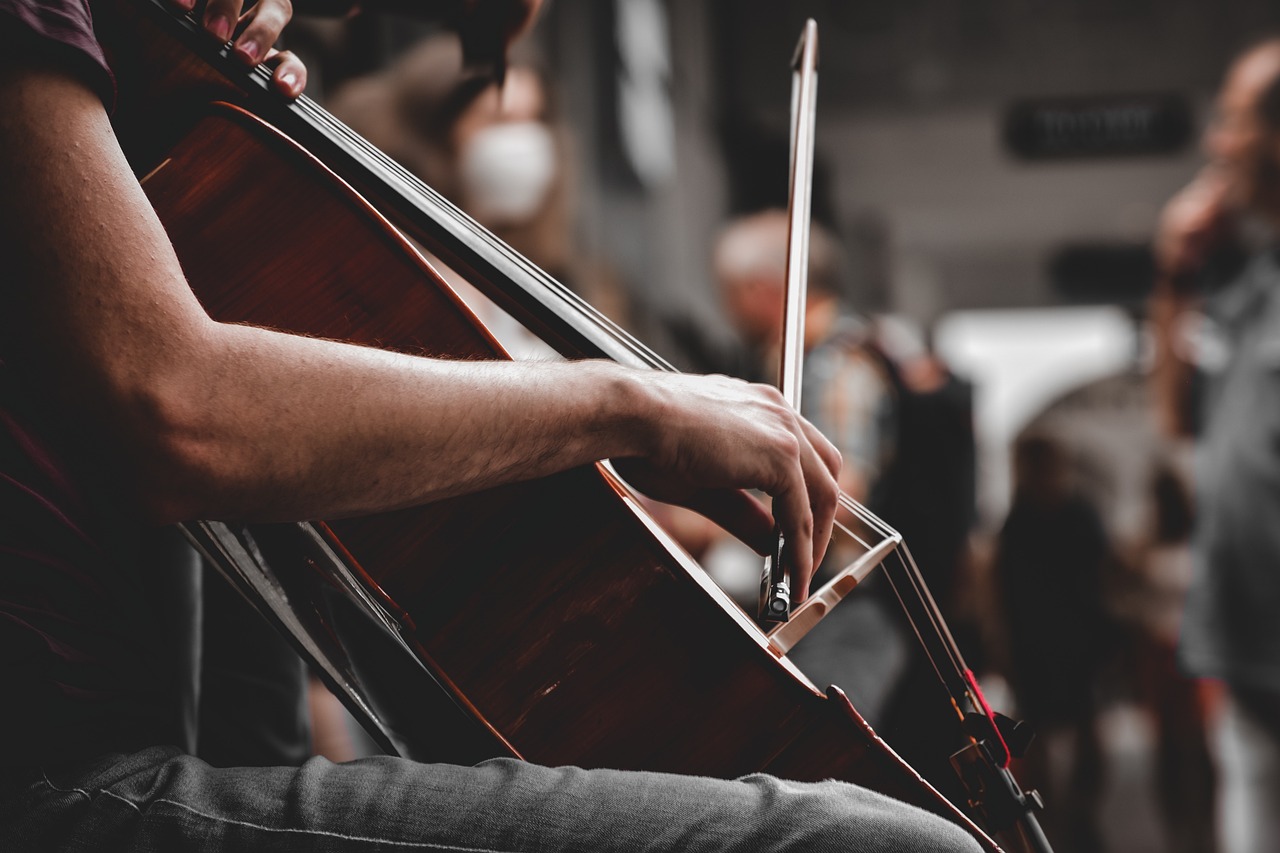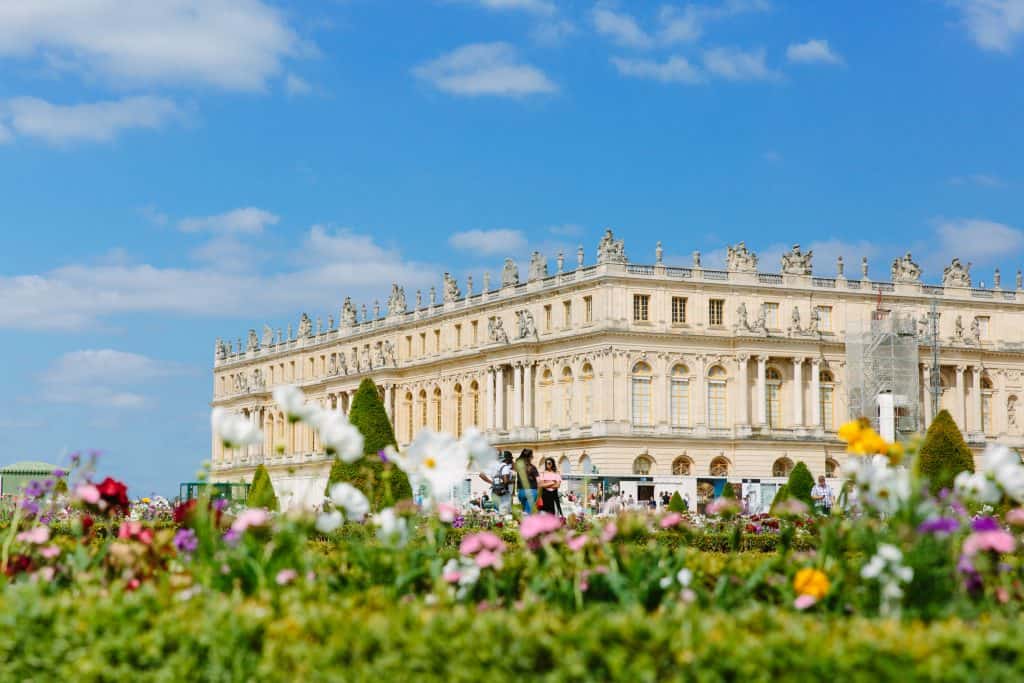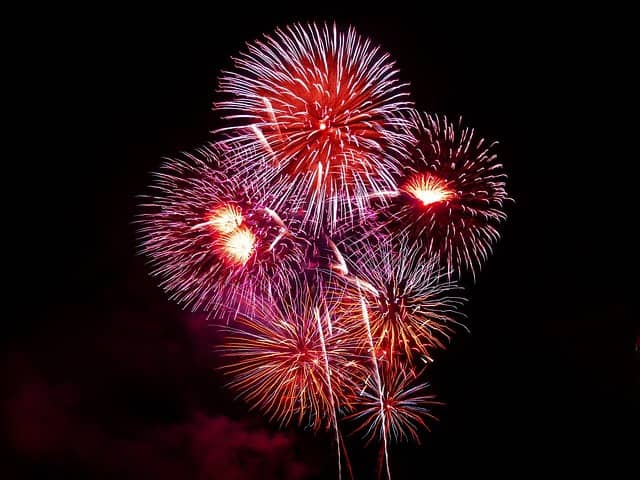
By Anne McCarthy
“Vive la France!”
Every summer, in July, France blooms with celebrations of Bastille Day, or as it’s called in France, “Fête Nationale” or “le quatorze juillet.”
This year, on Bastille Day in Paris, you’ll find the annual military parade down Avenue des Champs Élysées, along with military aircraft soaring overhead. And at 11 pm, fireworks are showcased at the Eiffel Tower, illuminating the City of Light’s sky for about 30 minutes. The Bals des Pompiers (Fireman’s Ball) is another popular Bastille Day night tradition.
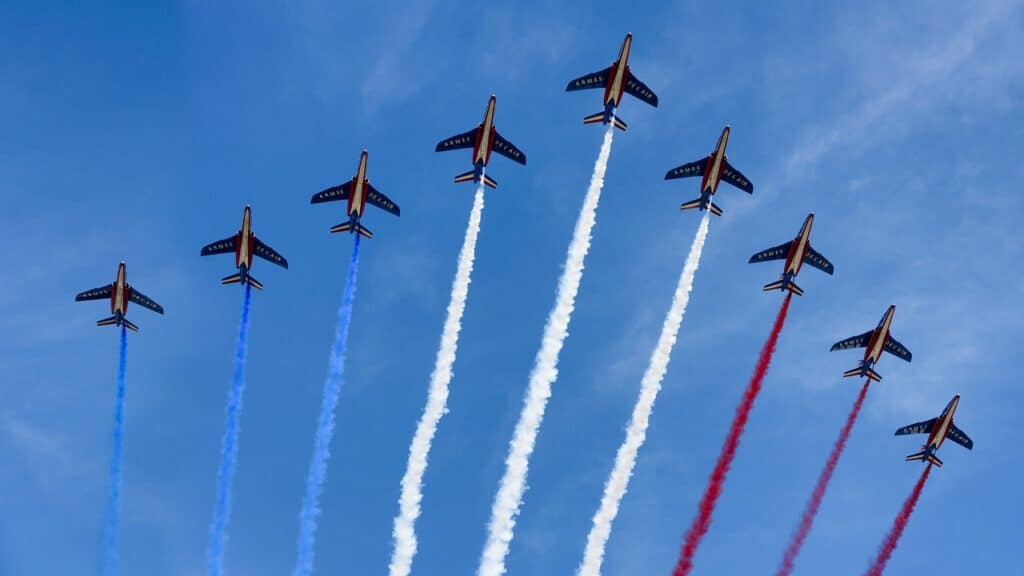
But what’s the history beyond this fireworks-heavy celebration? Well, let’s go back a few hundred years to July 1789, when it all began.
And if you’re keen on learning more French history, why not join us for a tour in Paris? We have bike tours, Segway tours, food tours, and walking tours. Each tour is chock-full of interesting and historical tidbits about Paris. We’d love to have you join us.
The Storming of the Bastille on July 14, 1789
Bastille Day commemorates the anniversary of the Storming of the Bastille in 1789, a major event at the start of the French Revolution (1789-1799) when revolutionaries stormed and took control of the fortress, which, at the time, represented royal authority in Paris. It was a revolt against the abuse and power of the monarchy. At the time, the monarchy included King Louis XVI and his wife, Austrian princess Marie Antoinette.
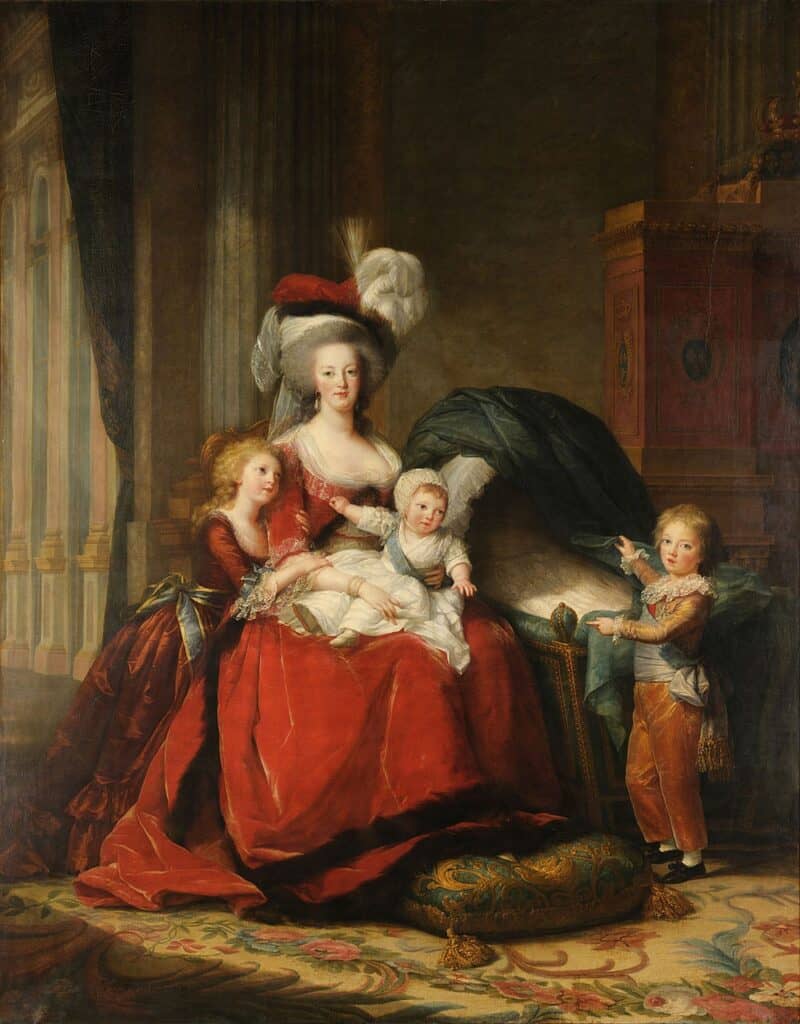
France was facing an economic crisis, thanks to its role in the American Revolutionary War, its taxes, and farming issues like poor crop performance, which created food scarcity. When insurgents stormed the Bastille, there were only seven inmates imprisoned there at the time; the storming was more of a symbolic act than anything else. France was flirting with economic collapse, and French citizens could barely afford a loaf of bread. Food riots throughout France were common during the 1780s.
To mark this occasion of the storming, people throughout the country of France honor this momentous day with a military parade on the Champs-Élysées in Paris, and numerous other celebrations, along with fireworks.
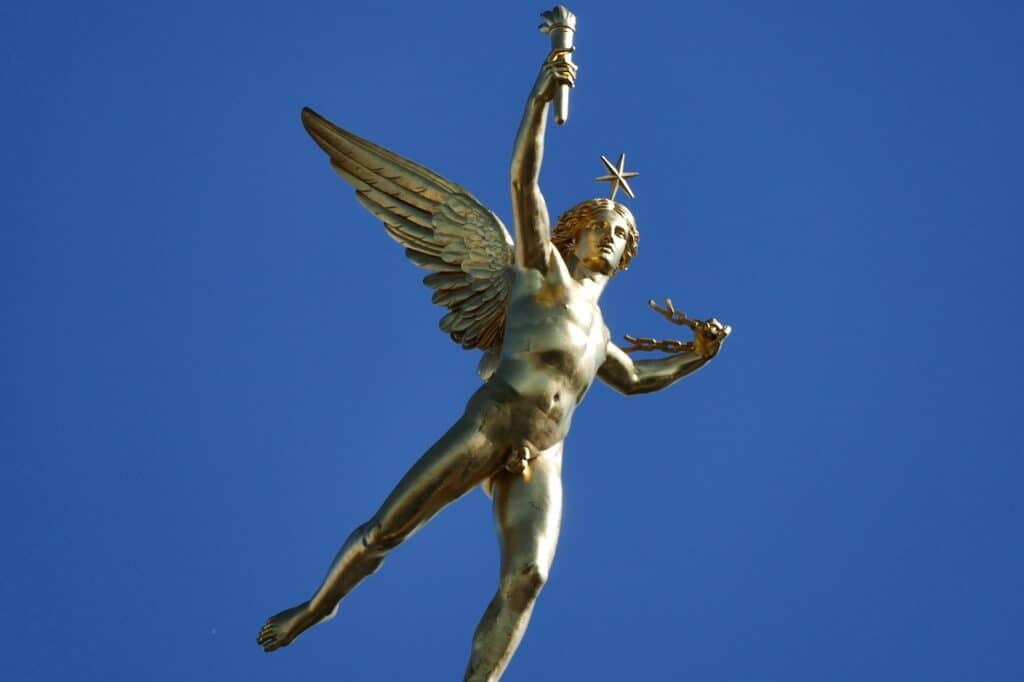
The year the Bastille was stormed, there were already plans in place for a national festival to solidify France’s national identity. Textile worker Clément Gonchon is responsible for creating an early blueprint for the festival. The first official festival to mark the Bastille’s storming was called Fête de la Fédération, and it was sponsored by France’s National Assembly.
Fête de la Fédération was intended to promote peace and unity following a turbulent period in France’s history. The initial celebration, which welcomed thousands of Parisians, took place on the Champ de Mars.
What is the Bastille?
The Bastille was built in the 1300s amid the Hundred Year’s War, during which the French fought the English. The Bastille was a structure – and functioned as a prison – designed to protect Paris’s eastern entrance. The building, made of stone, featured an elaborate defense system, including walls that measured 100 feet, along with a large moat. At any given time, there were over 80 soldiers standing guard at the Bastille to protect intruders from entering the city.
As a prison, it was a place of holding for political dissidents (including the famous French writer Voltaire). French philosopher Marquis de Sade was also a prisoner there. Prisoners often got no trial and were locked away by the king’s orders.
During that fateful day of the storming of the Bastille in 1789, Bernard-René de Launay, the governor of the Bastille, looked on in horror as a mob surrounded the stone fortress on July 14. Launay attempted to negotiate. He invited the revolutionary delegates inside the fortress to have a discussion. Inside, as he spoke with delegates, the mob on the other side of the wall became restless, and some believed their delegates had been imprisoned, so a group scaled the wall and released the drawbridge to the structure’s courtyard, and a mob swarmed inside via the bridge.
On July 14, 1789, nearly 100 French commoners died storming the fortress. However, only one royal soldier passed away during the storming of the Bastille. Later that afternoon, Bernard-René de Launay was taken as a prisoner, and he was beheaded by an angry crowd.
King Louis XVI (who became known as “Louis the Last”) and Marie Antoinette were both beheaded within several years of the Bastille storming; both died in 1793.
The History of the Bastille Day Parade
Every July 14, the Champs-Élysées transforms into parade central for the military parade, which is showcased on the famous avenue. Since 1880, this parade has taken place and features the French military marking through the capital. It’s been held on the Champs-Élysées since 1918.
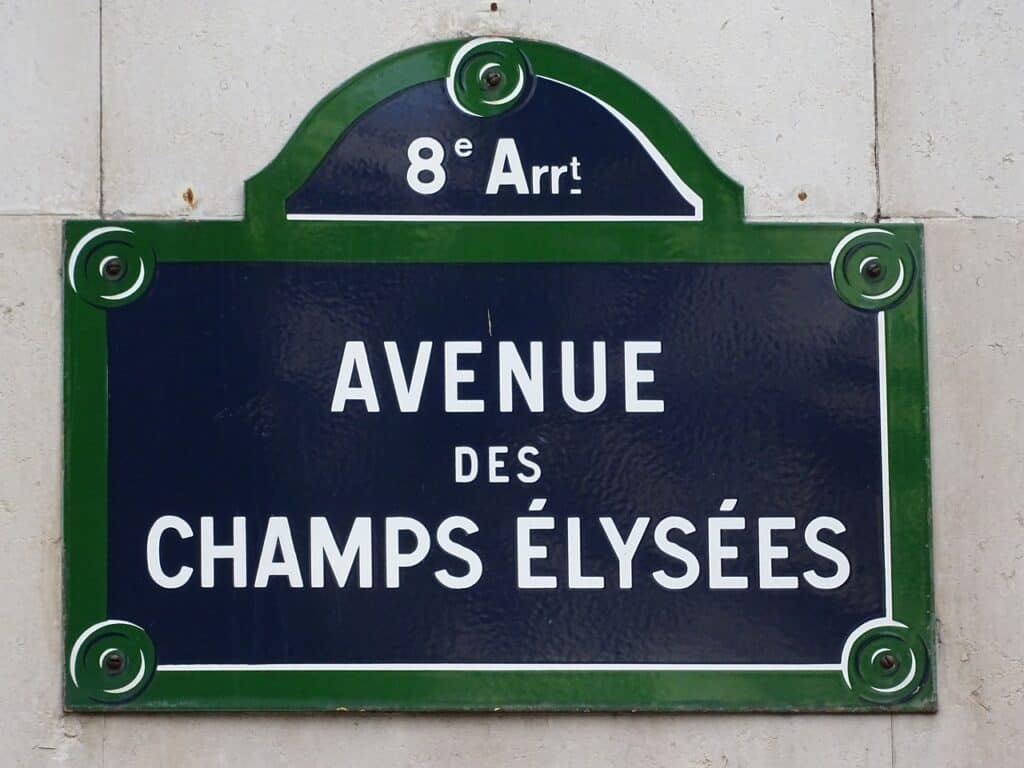
The only period during which the parade was suspended for a sustained time was during the time of German occupation in Paris, from 1940 to 1944. During this time in World War II, the celebration was instead held in London under General Charles de Gaulle’s leadership. The parade was also canceled in 2020 due to the Covid-19 pandemic and the necessity to cancel events with crowds.
The parade is televised and broadcast throughout France. In years past, foreign troops have taken part in the parade. Sometimes, foreign dignitaries participate as well. Bastille Day celebrations exist in other countries, too, like the U.S., Belgium, and beyond.
Curious to learn more about France’s incredible history? Join us for a tour in Paris!
Anne McCarthy is the Editor in Chief of the Fat Tire Tours Blog. She is a contributing writer to the BBC, The Washington Post, The Guardian, Wired, and many more. She splits her time between the U.S. and Europe.
